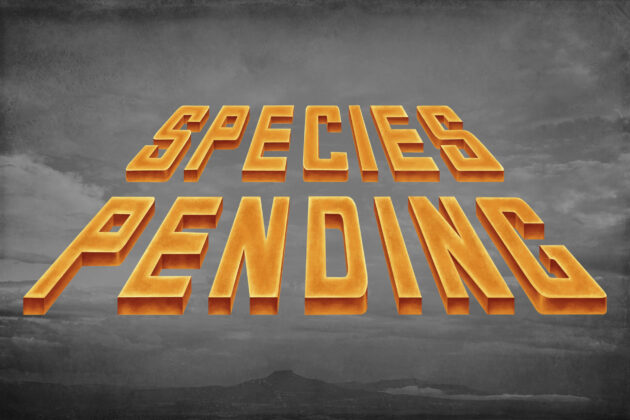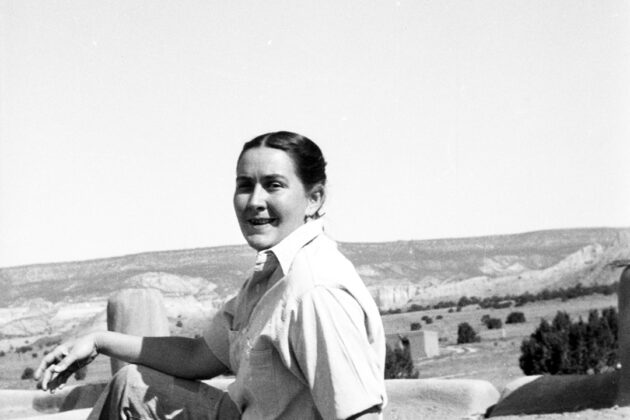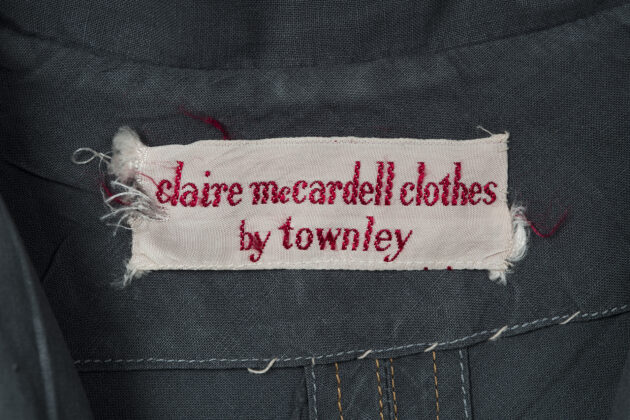
Celebrating Women’s History Month: Maria Chabot
In honor of Women’s History Month in March, the Georgia O’Keeffe Museum is featuring stories of women who have left their mark on the world. This week, we feature Maria Chabot, a writer, photographer, rancher, advocate for Native American art and artists, and so much more.
Maria Chabot
A longtime friend and working companion of Georgia O’Keeffe’s, Maria Chabot played a key role in what some say is O’Keeffe’s largest piece of work, her 18th-century, 5,000 square foot renovated compound, which blends Native American and Spanish Colonial building styles. Chabot also had a significant influence on other iconic locations, events, and efforts across New Mexico, many of which endure and thrive today, thanks in large part to her business prowess that challenged the societal norms and gender roles of the time.
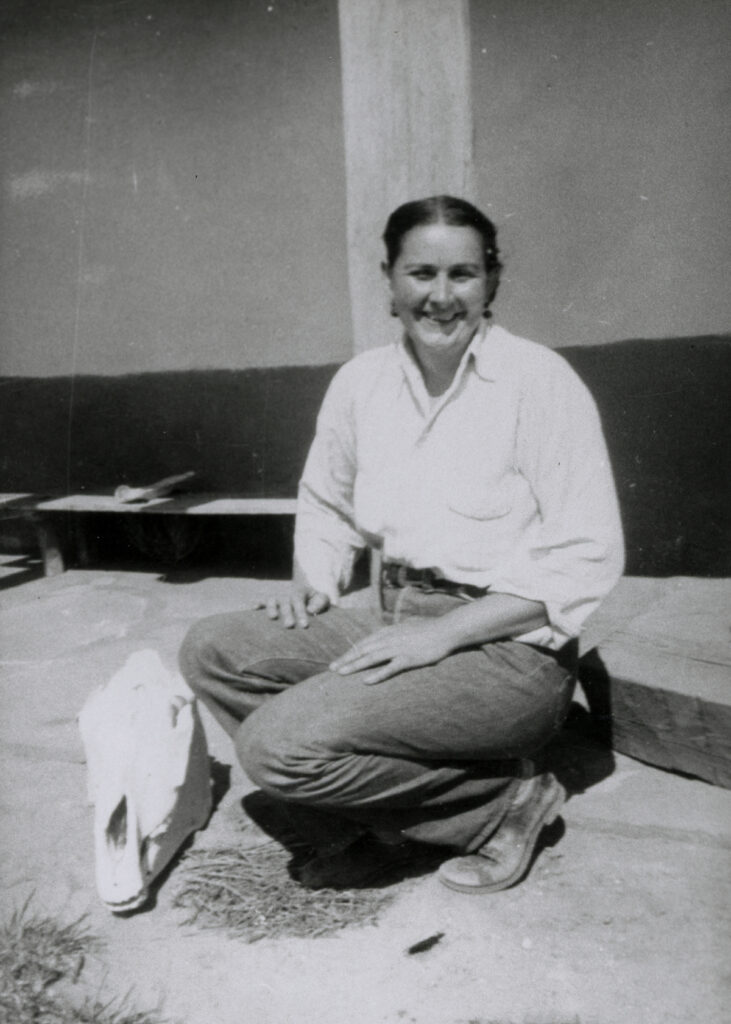
Chabot was born in Texas in 1913. In 1933, at just 19 years old, she traveled to Mexico City. There she met painter Dorothy Stewart and her sister Margretta Stewart Dietrich and notable Mexican artists including José Clemente Orozco. Chabot accepted Stewart’s invitation to return to Santa Fe, New Mexico, with her in 1934, where she took a job with the New Mexico Department of Vocational Education, and then in 1935 with the federal Indian Arts and Crafts Board. Under the auspices of these agencies and as part of a Works Progress Administration (WPA) initiative, she photographed and documented Native American and Spanish Colonial arts and crafts in the Southwest. In 1936, Chabot and Dietrich, who was serving as president of the New Mexico Association on Indian Affairs, established Santa Fe’s “Indian Market” as a weekly event modeled on Mexican outdoor markets and held under the Santa Fe Palace of the Governors portal. She also proposed that native artists be allowed to set their own prices. These art markets became the popular annual Santa Fe Indian Market, which is now in its 103rd year.
Through her association with Stewart and work with the WPA, Chabot met Mary Cabot Wheelwright, founder of the Museum of Navajo Ceremonial Art, now the Wheelwright Museum of the American Indian. Wheelwright became Chabot’s benefactor and employed her to manage her property, the historic Los Luceros hacienda in Alcalde. Chabot oversaw labor and supervised agriculture. She also became mayordomo of the local irrigation association and adjudicated disputes over water rights. It was incredibly rare for a woman to hold this position at the time, proving Chabot’s leadership capabilities and how respected she was among the community. Chabot was deeded Los Luceros after Wheelwright’s death in 1958 and sold it in the 1960s.
Wheelwright introduced Chabot to Georgia O’Keeffe in 1940. Chabot was a 26-year-old aspiring writer, and from 1941 to 1944, she spent summers with O’Keeffe at the artist’s home at Ghost Ranch. Chabot intended to write but spent most of her time managing activities on the two-acre property including maintenance, a futile gardening effort, and coordinating purchases and payments for O’Keeffe. She also often accompanied O’Keeffe on camping trips throughout Northern New Mexico on which the artist created many of her paintings. These camping trips and equipment were the subject of the exhibition O’Keeffe in the Landscape at the Museum’s Welcome Center in 2022.

In 1946, Chabot agreed to manage the rebuilding of an adobe hacienda on a hilltop in Abiquiú, which O’Keeffe had bought from the local Catholic church. Chabot was the forewoman for the three-year-long project while O’Keeffe spent most of her time in New York, settling the estate of her late husband, Alfred Stieglitz. Chabot supervised the building crew and participated in design decisions for what became one of O’Keeffe’s primary residences in Northern New Mexico. She is largely responsible for many of the iconic design elements in what is now known as the Georgia O’Keeffe Museum Home & Studio, including placing the bedroom and the studio in the former carriage house, facing a view of the road to Abiquiú and the Chama River valley.
Letters between O’Keeffe and Chabot written during the renovation were published in Maria Chabot—Georgia O’Keeffe, Correspondence, 1941–1949. In one letter, Chabot writes about her vision for the home, “I think you will paint beautiful pictures in a great big room overlooking the valley of Abiquiú. Remember? It’s still there. All unpainted. Waiting.”
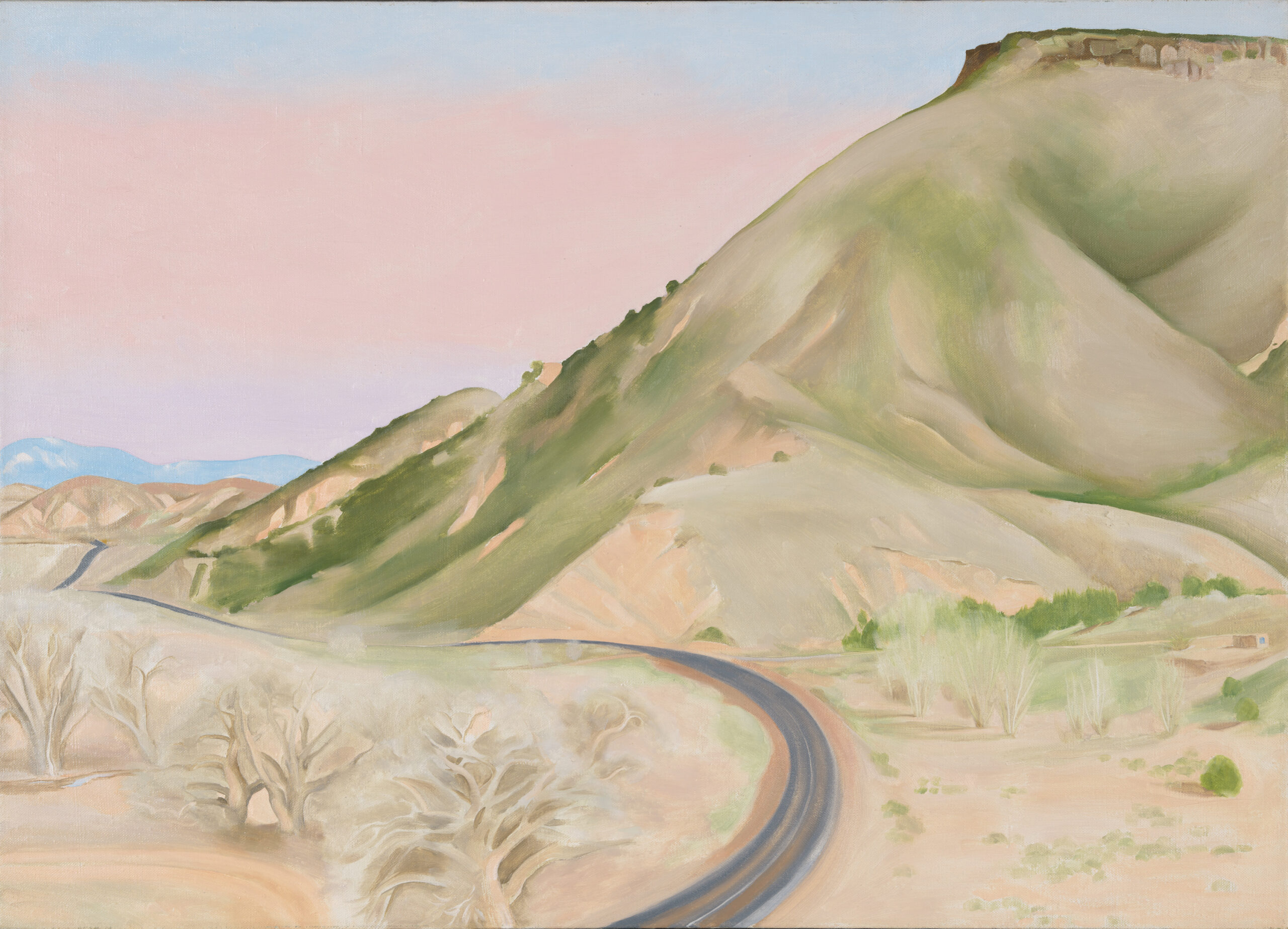
The view from the bedroom and studio windows were eventually painted many times and included the road, abstractions, and cottonwood trees in the valley. To this day, the Home & Studio is hailed as a mid-century-modern masterpiece.
The Georgia O’Keeffe Museum continues the care and preservation of the Home & Studio. It continues to be a popular stop for visitors and a symbol of Chabot’s enduring impact on Northern New Mexico.
Learn more!
- Guided tours of the Home & Studio are offered from March through November. Advanced reservations are strongly recommended and can be made on the Museum’s website.
- Browse Chabot’s letters to O’Keeffe, photographs from life in Northern New Mexico and the Home & Studio renovation, and more on the Museum’s Collections Online. Search “Chabot” or follow this link.
- Watch Dr. Pamela Hawkes, a principal with Scattergood Design Portland, Maine, and Professor of Practice in Historic Preservation at the University of Pennsylvania, discuss the restoration and conservation of the Home & Studio as part of the Museum’s Mornings with O’Keeffe program.
Image credits
- Unknown photographer. Maria Chabot and Skull, ca. 1944. gelatin silver print. Maria Chabot Archive. Georgia O’Keeffe Museum. Gift of Maria Chabot.
- Unknown. Maria Chabot, 1944. Contemporary photographic print, 5 x 7. Georgia O’Keeffe Museum. Gift of Maria Chabot. [RC.2001.2.166c]
- Georgia O’Keeffe. Mesa and Road East II, 1952. Oil on canvas, 26 x 36 1/8 inches. Georgia O’Keeffe Museum. Gift of The Georgia O’Keeffe Foundation. © Georgia O’Keeffe Museum. [2006.5.235]
